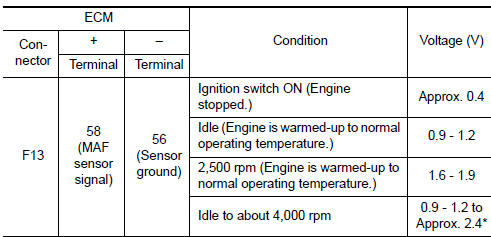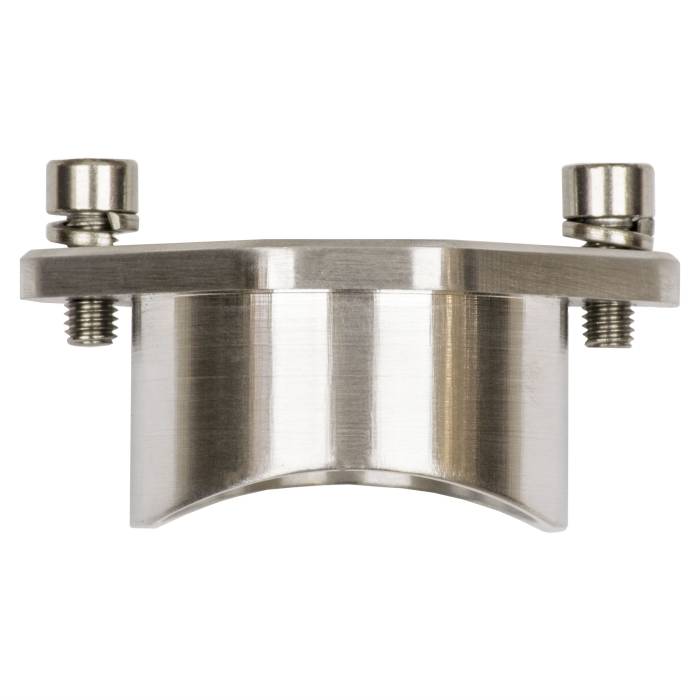

Then, it is likely, because of loose or corroded electrical connections, in the ignition module. So, your vehicle may stall unexpectedly during operation and will not start again. An ignition module, requires some type of external input, in order to activate. However, ignition modules, are not able to do the job alone. In that way, an ignition module works a lot like mechanical points. And, they typically use a component, like a transistor, to switch the current flow on and off. Ignition modules are solid state switching devices. This will leave you unable to start the car. Then, the computer won’t send any fuel to the injectors. If the crankshaft position sensor has failed completely, it will not send a signal to the (ECU) at all. The crankshaft position (CKP) sensor, monitors the position or rotational speed of the crankshaft. The Problem May Also Be Due To, Any Of The Following: A Bad Crankshaft Position (CKP) Sensor Crankshaft Position Sensor No Sparkįirst of all, look for any broken, loose or corroded wires, from the sensor to the (PCM). If there are problems with how the (PCM) performs these functions, the vehicle may not run.

The (PCM’s) functions include positioning the crankshaft and controlling the ignition spark and timing. In some cases, a (PCM) problem, will cause the vehicle, not to run at all. In extreme cases the (PCM) may have failed. No spark indicates an ignition problem.Finally, have someone crank the engine and watch for a spark.Ground it on a piece of metal on the engine.Or even a screwdriver in the end of the coil.Remove one of the coils from the spark plug.If the engine has a coil-on-plug ignition system with no plug wires: Finally, have someone crank the engine and watch for spark.Insert a spark plug tester, into the plug boot and ground it on a piece of metal on the engine.Disable the fuel system, by removing the fuel pump fuse or relay.Checking For Full Battery First, Confirm Your Engine Has, No Spark: Before doing any testing, always start with a fully charged battery. First, we know your engine cranks but will not start. Knowing what to look for when troubleshooting ignition systems, can allow proper decisions to be made. So, don’t focus on a single item, until testing indicates that item may be faulty.

Most often, a wire, connector, ground, or switch, than an actual ignition system component. It’s far more likely that there is a problem with any of the following. Becoming fixated on specific components, is a good way to not find the true problem.


 0 kommentar(er)
0 kommentar(er)
